
All categories
Featured selections
Trade Assurance
Buyer Central
Help Center
Get the app
Become a supplier

(755 products available)








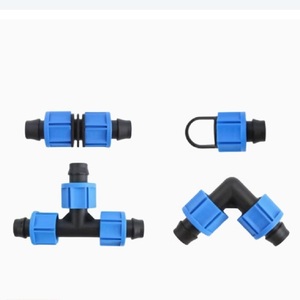
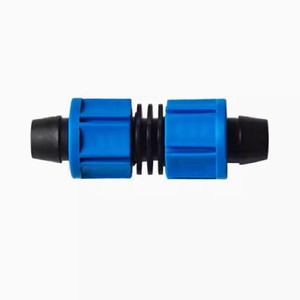
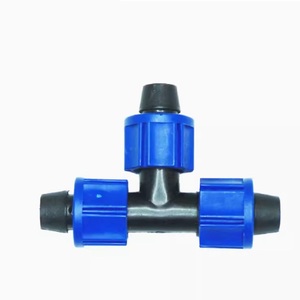



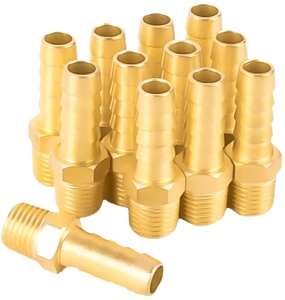







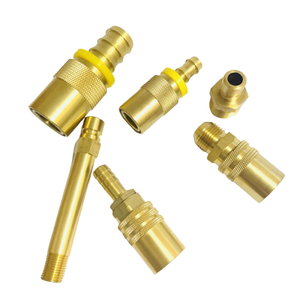
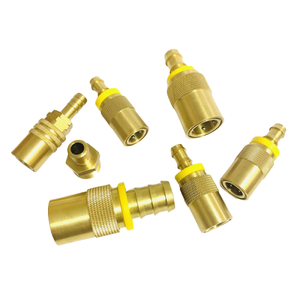


Certain parts cool the mold in dme mold systems, including cooling couplers, which connect the water lines to the molds. Buyers will find various cooling couplers with unique functions, which mold makers must consider since different molds require specific cooling systems.
This is the most common dme cooling coupler. It is a versatile and user-friendly piece that suits most general-cooling requirements. At this level, its main job is to provide a steady channel of water toward the mold. The standard cooling couplers work best in stable and moderate-temperature molds, where regular cooling does not require much complexity. They are also compatible with many other dme cooling components. This compatibility makes them easy to install and replace without changing the current system.
The 4C coupler is for those who need more cooling capacity. The 4C coupler features four cooling channels. Thus, it allows for more water flow and better temperature control. Such increased cooling will especially benefit large or thick molds requiring a more intense cooling setup. The greater flow rate will help cool the mold uniformly and quickly, eliminating hotter spots that can cause defects in the end product. Although it may be more complex than standard couplers, the 4C is still easy to integrate with existing systems.
The red coupler is a high-flow cooling coupler. Thanks to its design, it can support higher water flow. This design makes it necessary for big and complex molds, which require efficient cooling, to use the red coupler. It is also a helpful tool for reducing cooling cycle times in injection processes. Even on large runs, the heat displacement effectiveness ensures that the molds remain stable throughout the production process. The high flow may require stronger cooling systems, but the impact on improving production efficiency is considerable.
As for the common material used in the dme mold cooling coupler, stainless steel comes to mind frequently. It is a blend of steel and chromium alloy, making it resistant to corrosion, especially on cooling couplers. The couplers will then be durable and maintain mechanical strength even at high temperatures. Besides, stainless steel is hard enough to bear high-pressure water flow, which is another plus for this metal.
Furthermore, stainless steel is easy to clean and has a long lifespan. Thus, the cooling couplers require little maintenance and can be used for many years. The combination of corrosion resistance and sturdiness makes stainless steel a preferred choice for settings in industries where hygiene and durability are required.
The other popular material for dme mold cooling couplers is brass. It is an alloy of copper and zinc, known for its excellent corrosion resistance, even in high-water exposure. It is also malleable. That means it can be easily shaped without the risk of breaking. This malleability enables complex designs that increase the coupler's efficiency.
Also, brass has good thermal conductivity. Thus, it allows for even and effective heat transfer from the mold. This factor makes it ideal for applications where quick cooling is necessary. Moreover, brass is more affordable than stainless steel. This affordability makes it appealing for users who need quality without overspending.
Aluminum is also preferred for dme cooling components, including the cooling coupler. It is lightweight, thus making it easy to handle and install in various cooling systems. The metal is also highly corrosion-resistant, especially against moisture and common chemicals. This factor helps maintain the coupler's integrity in multifaceted manufacturing environments.
Moreover, aluminum has good thermal conductivity. That means it will not only quickly cool down but also allow efficient heat transfer. The quick cooling will lessen the time taken for cycles, thus increasing the production rate. However, while aluminum is durable, it is softer than brass and stainless steel. That means it can wear out or dent faster in heavy-duty applications.
Buyers knowing the coolant couplers' economic value will consider their influence on operating and system expenses. Manufacturers must value efficiency, reliability, and time management above all else. The cooling couplers will help them achieve all these essential values in their production processes.
The dme mold cooling coupler's chief duty is to maintain the prevalent temperature of injection molds during production. It does this by providing a path for cooling water to flow through the mold. Thus, the coupler enables the mold to maintain its desired temperature. Doing so ensures that the plastic that is injected cures right, leading to perfect replicas with few flaws. Besides, the couplers also assure that the production does not overheat, which can cause long downtimes and damage the mold.
By keeping molds at optimal temperatures, the couplers further enhance a product's quality, making it stand out in the market. Quality products with fewer defects and better design yield consumer confidence, cutting costs on replacements and refunding. Moreover, a better quality meant that companies could find themselves with fewer complaints and thus enjoy even more savings.
Cooling couplers also help reduce cooling times. They allow faster cooling of the molds. Doing so reduces the whole cycle time in the injection process. Less cycle time means that the manufacturers can produce more units in a given time. Therefore, higher productivity directly translates to lower overall costs.
The factors mentioned above influence the price at which the manufacturers offer the products for sale to the buyers. More units mean higher revenue. Moreover, saved time will also help allocate resources more efficiently, increasing the manufacturers' capacity to take more orders and satisfy their current market needs swiftly.
Energy charges can also be a big manufacturing expense. Dme couplers are designed to keep molds at the required temperatures. This design means the cooling systems do not have to work more than is needed. Less power consumption is a critical factor in managing manufacturing expenses. Moreover, many modern dme cooling couplers are also built with better water flow to minimize the use of water. Such efficiency in water use means a company's operating cost will be lower than before.
One needs to consider several factors when selecting the suitable dme cooling coupler for the client. Since cooling couplers for molds are important to cooling systems, buyers must keenly understand which ones they get and where they get them from. After all, investing in quality cooling couplers will yield positive results.
The first requirement for dme mold cooling couplers is that they should be compatible with the expected rates of water flow through the mold. For instance, high-flow jounals like the red coupler are ideal for large or complicated molds requiring intensive cooling. On the other hand, the 4C cooling couples can address this need if the mold has lower flow needs. Buyers should also keep additional plant cooling elements in mind. One should select a coupler compatible with these other components to boost the overall system's efficiency. Such additional components include cooling tubes and heat exchangers.
Mold cooling needs are another important consideration. Different molds will require different cooling intensities. For example, high-cooling molds such as those used to process heat-sensitive materials need a cooling coupler like the red one. The high coolant flow will provide the required efficient heat displacement for such molds. On the other hand, moderate or low-heat molds will not need complicated high-flow couplers. A standard cooling coupler or 4C coupler would be enough for these molds. Therefore, knowing the cooling requirements of the client's molds will help one select the right coupler.
The compatibility of the coupler with the cooling system depends on the DME standards. For example, users must ensure that the coupler complies with DME guidelines when using DME molds. By ensuring these standards, users are effectively ensuring that their components will collaborate smoothly with their other current DME cooling parts.
Many manufacturers want to ensure their operations do not stall during the installation of new components into their new systems. Buyers should choose cooling couplers that are easily mountable with no extra hardware required. The ones having quick-connect designs will also help new manufacturers complete the installation quicker. This ease will mean less disturbance in the current operations and no losses in productivity.
A1. Yes, the dme mold cooling couplers come in various sizes. The size of the cooling coupler depends mainly on the cooling system's requirements and the mold's needs. For such a reason, one must get a cooling coupler that fits the system correctly. Fortunately, DME offers a wide cooling coupler range so buyers can find the right size for customers.
A2. Dme cooling couplers are one of the easiest cooling couplers to maintain, and most are uncomplicated to inspect and clean. For instance, on cooling couplers that have quick-connect or -disconnect features, the whole part can be detached without many tools or without too much time. Thus, broken ones can be replaced quickly. Further, materials like brass and stainless steel are widely used, requiring little cleaning. Their low cleaning requirements ensure that they do not accumulate many deposits that affect their cooling capability. Thus, they are very efficient in terms of maintenance.
A3. Buyers should look for suitable suppliers on Alibaba.com who will sell them quality dme mold cooling couplers. Therefore, they need to conduct some research and ensure they find a trusted supplier who can always sell them quality dme cooling couplers. After all, the quality of these cooling couplers will impact the clients' production processes. So, when selecting them, buyers need to pay attention to the materials and manufacturers. In other words, buyers should ensure their cooling couplers meet DME standards and are made of quality materials such as stainless steel, brass, or aluminum.
A4. Yes, many dme mold cooling couplers are corrosion-resistant. Most of them are manufactured from brass and stainless steel, which are corrosion-resistant. The stainless steel used has chromium, an element that provides it with excellent resistance to rusting and corrosion. Brass, too, has great corrosion resistance properties, especially with water. This property makes it ideal for water flow components. The corrosion resistance of these materials will ensure the durability of the cooling couplers. Further, this durability will decrease the frequency of replacements and give them longer service life.